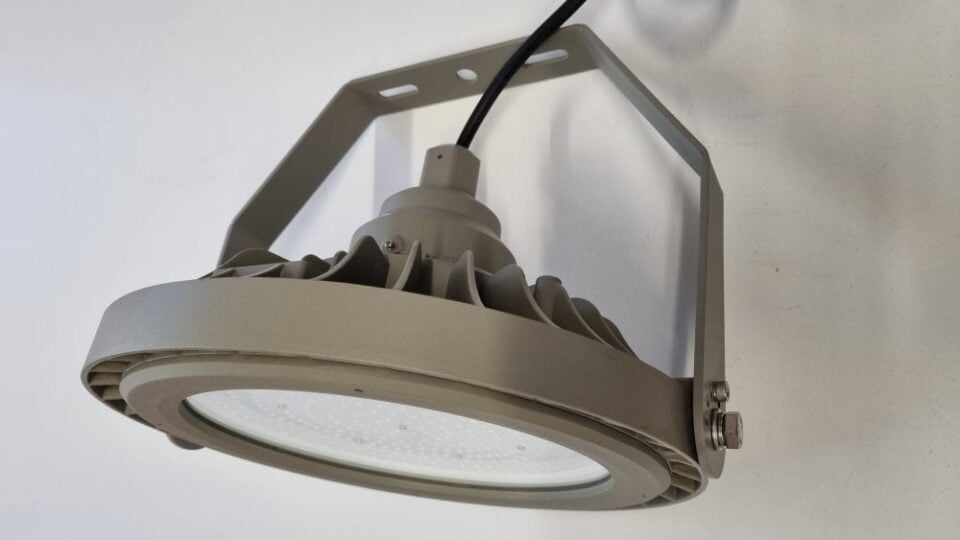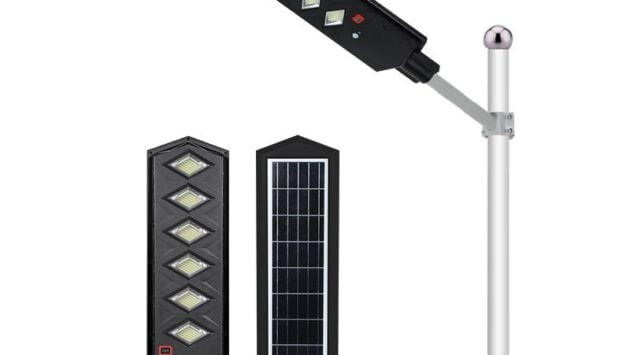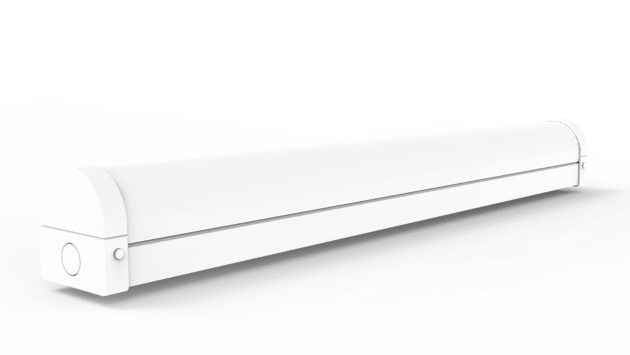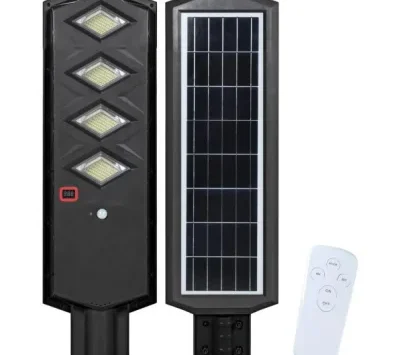What is the difference between ATEX zone 1 and 2?
What is the Difference Between ATEX Zone 1 and 2?
Explosive atmospheres are hazardous environments that can be found in many industries, such as oil and gas, chemical processing, and pharmaceuticals. In order to protect workers from these hazardous atmospheres, the European Union has developed a set of standards known as ATEX (Atmosphere Explosible). ATEX divides explosive atmospheres into two categories: Zone 1 and Zone 2. In this blog post, we will discuss the differences between ATEX Zone 1 and 2.
What is ATEX?
Before we dive into the differences between ATEX Zone 1 and 2, it’s important to understand what ATEX is. ATEX stands for Atmosphere Explosible and is a set of standards developed by the European Union to protect workers from hazardous atmospheres. The standards are designed to ensure that equipment used in these environments is safe for use. This includes electrical equipment, mechanical equipment, protective systems, and other safety measures.
What is an Explosive Atmosphere?
An explosive atmosphere is defined as an environment where a mixture of air and flammable substances exist in sufficient quantities to cause an explosion if ignited. These substances can be gases, vapours, mists or dusts. The presence of these substances can create a hazardous environment that must be managed properly in order to protect workers from harm.
What is ATEX Zone 1?
ATEX Zone 1 is an area where explosive atmospheres are likely to occur during normal operation or during maintenance work on a regular basis. This means that there could be a risk of fire or explosion due to the presence of flammable substances in the air. Equipment used in this area must be designed and certified for use in this type of environment in order to protect workers from harm.
What is ATEX Zone 2?
ATEX Zone 2 is an area where explosive atmospheres are not likely to occur during normal operation or during maintenance work on a regular basis but could occur due to exceptional circumstances such as leaks or spills of flammable substances into the atmosphere. Equipment used in this area must also be designed and certified for use in this type of environment in order to protect workers from harm.
Conclusion
In conclusion, it’s important for employers and employees alike to understand the differences between ATEX Zone 1 and 2 so they can ensure they are using appropriate safety measures when working with hazardous materials or environments. By understanding these differences, employers can ensure their employees are safe while working with potentially dangerous materials or environments which can help reduce workplace accidents and injuries.
We have lighting available that can be used in ATEX Zone 1 & 2, see Atex LED Hazardous Explosion Proof High Bay




